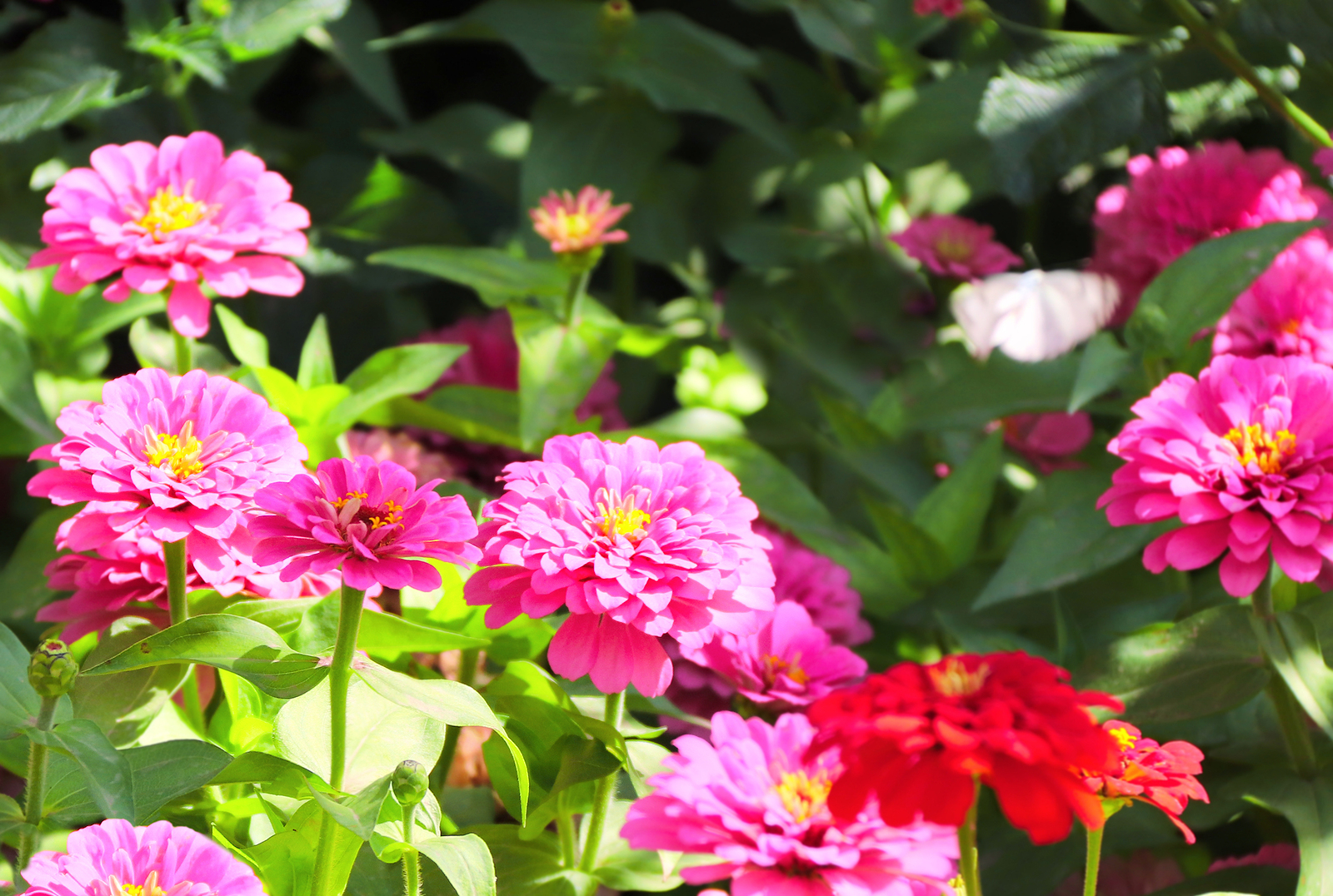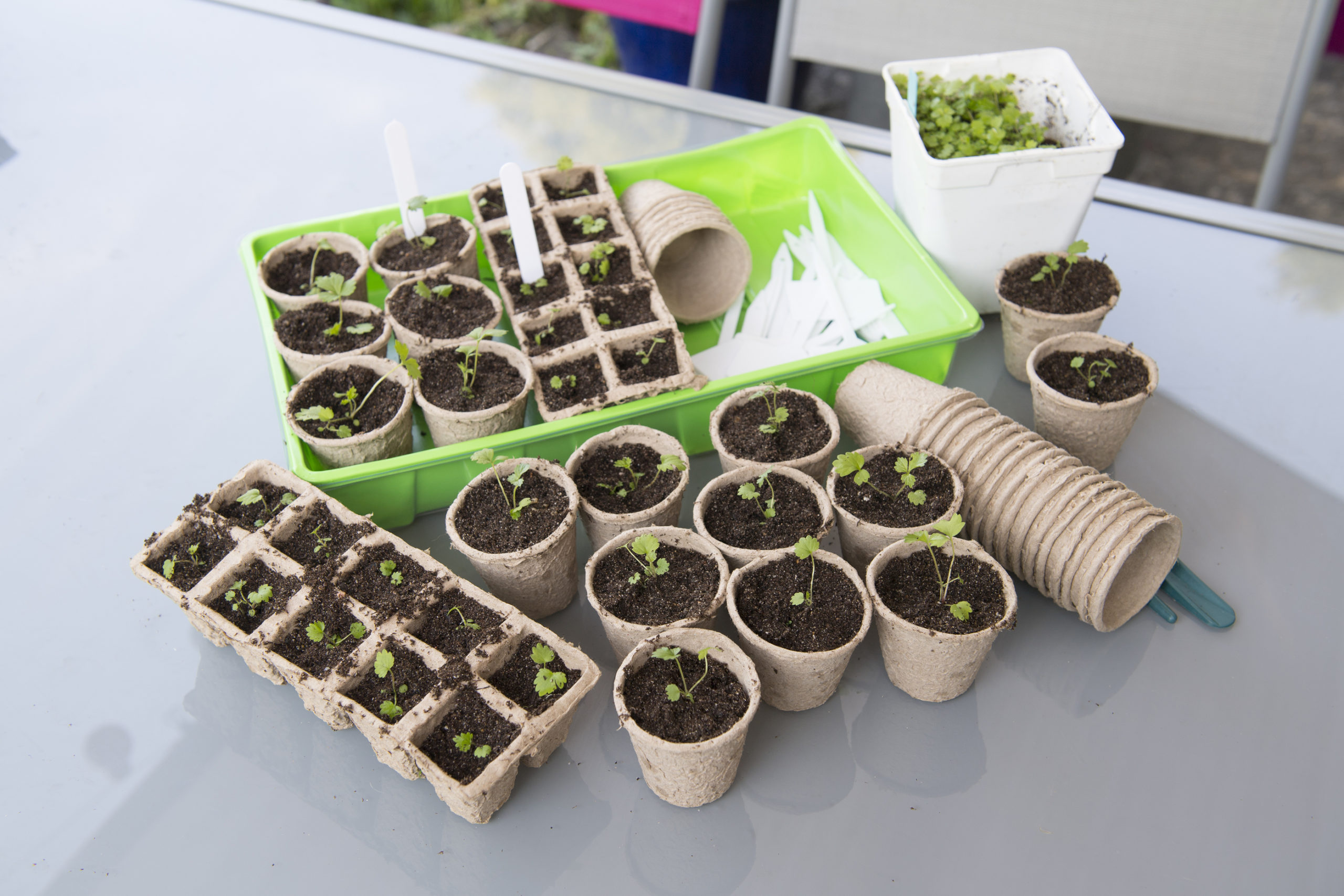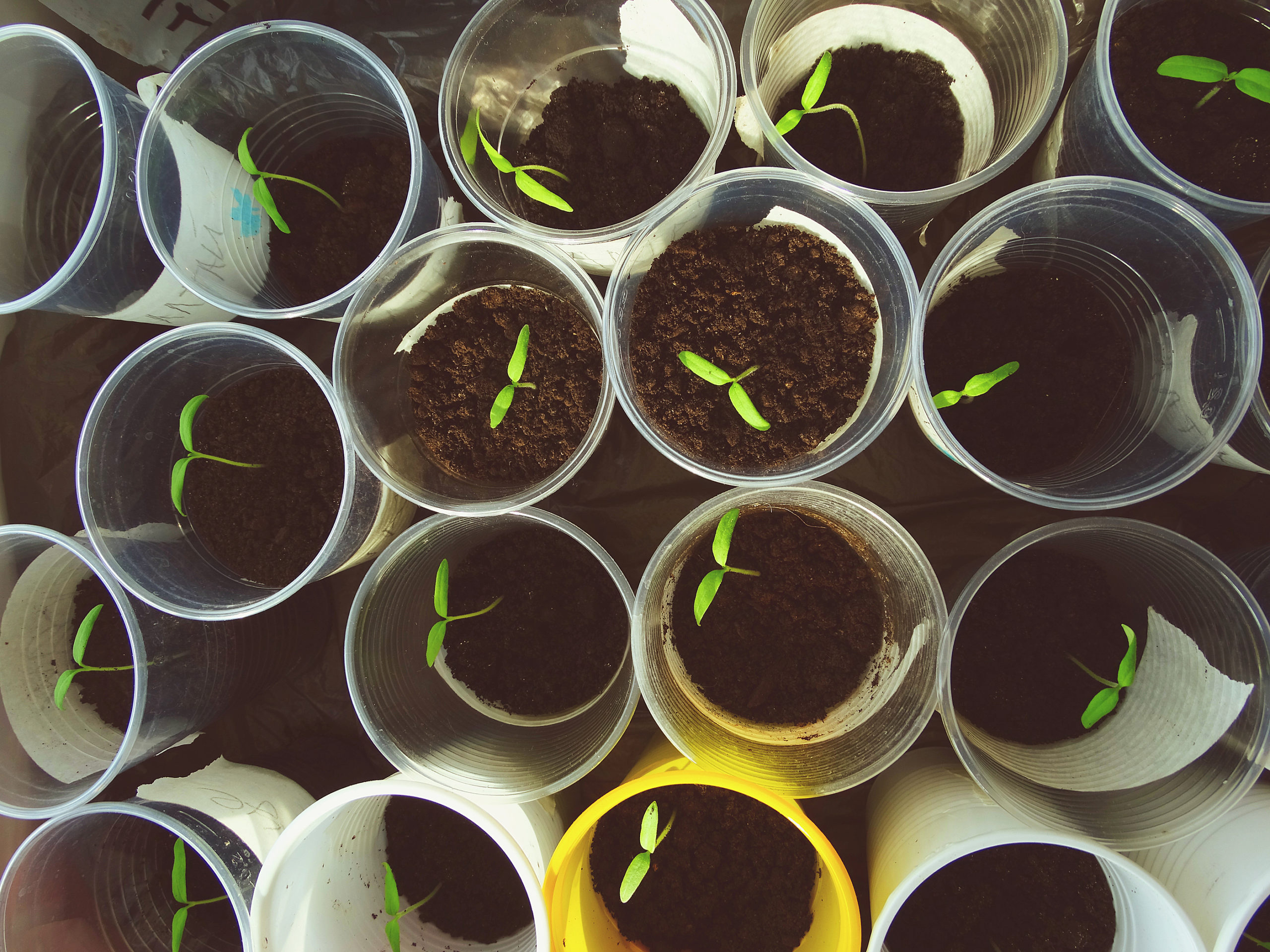Easiest Annual and Perennial Flowers to Start from Seed
Some annuals and perennials are easier to start from seed than others. Sow all seeds with some care. Seeds sown in the open garden should be planted in well-prepared loamy soil; add plenty of aged compost to the planting area in advance. The soil surface should be light and find; this will allow roots to […] More





